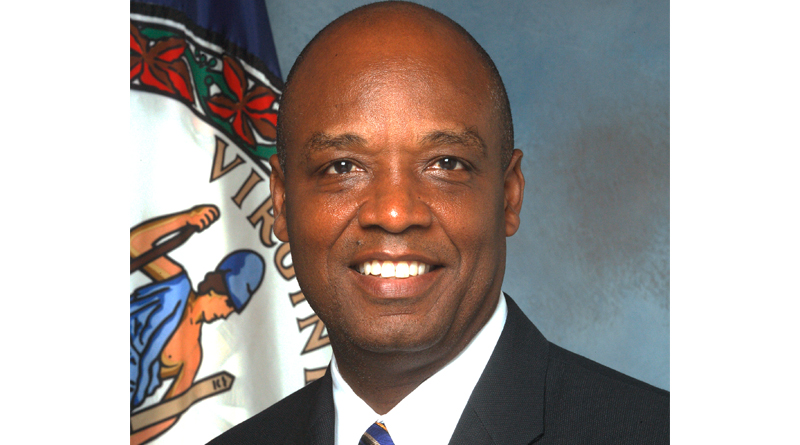An Insider’s Look at How the Virginia DOC Handles Contraband
By Harold W. Clarke
As corrections professionals and leaders in our industry, we have seen how technological advances have enhanced security procedures through the years. Like most directors of large correctional systems, before any such purchase or installation, I know our agency will use evidence-based practices to first determine the technologies that fit for our system. Cost and value are of high importance in any final decision, but I am always personally concerned with the effect such technology will have on our front-line officers and security staff. Budget cuts, low pay and the simple fact that the job is difficult make retention of good officers harder than ever, so I often start by asking whether we are considering a new technology for its own sake, and whether there is a chance it could actually hinder an officer’s ability to do his or her job in the long run. These questions cannot be ignored, because such an error in judgment could lead to job dissatisfaction and eventual resignation of a valued employee. We have invested too much time and money in training and education to lose good people due to bad management decisions.
Mistakes can occur in any environment where the task at hand is of such enormous consequence; illegal contraband must be stopped. This puts incredible stress on security staff to perform professionally, legally and with a considerate demeanor toward visitors. A long line of anxious, disgruntled visitors or offenders does not make the job of providing proper security any easier.
To enhance an officer’s performance, Virginia uses several non-invasive technologies in conjunction with the normal contraband frisk-and-search process. They enhance security procedures, which speeds the process, thus relieving stress and making visitation more pleasant for all involved. A device that has been helpful in Virginia is the full-body scanner, very similar to ones used by the Transportation Security Administration (TSA) at major airports. In a March 2016 USA Today article, it reported that the TSA “insisted the machines are the best way to protect the nation’s travelers.” The article went on to raise critics’ concerns that passengers don’t like the machines and believe they “created tension between travelers and TSA officers.” The general public may think airports and prisons have similar security risks, but we know they have their differences. Today’s body scanners incorporate “millimeter wave” technology and are less intrusive than older “backscatter” versions. The newer scanners provide an animated depiction or picture of the individual rather than the almost naked and potentially embarrassing images the older machines provided. The USA Today article further stated, “Besides detecting non-metallic weapons, the machines hasten screening because a traveler moves through faster than a pat-down.” Of course, pat-downs may still be used, but imagine the time saved at a prison facility during visitation through the use of this additional technology.
While contraband such as weapons and drugs are of major concern at any correctional facility, we are well aware of the growing threat of contraband cell phones and other mobile electronic devices. The key to cellphone detection technology is its portability. Ferromagnetic detection systems are non-invasive and can detect a multitude of electronic devices whether powered on or off. They offer high-speed scanning on multiple bands and can monitor voice and data transmissions from up to nearly 200 feet. Not only is this technology applicable during the visitation process, but it can be used inconspicuously indoors or outdoors, such as during a quarterly or unscheduled lockdown. Whether searching individual handbags or a truck load of mattresses, these systems allow flexibility and efficiency.
Detection is important, but it would be ideal if we could just eliminate the use of contraband cell phones. With any new technology, there are limitations and restrictions. For example, until the Federal Communications Commission (FCC) allows for cell-phone-jamming technology and the Federal Aviation Administration (FAA) allows Unmanned Aerial Vehicle (UAVs) or “drone” jamming — another growing threat that every correctional system must be weary of — we must use what is proven, either separately or in tandem, to prevent contraband incursion and security threats. We must be open to working within the regulatory system. We must further be open to ideas and recommendations from our front-line personnel as to the use of any security advancement.
To read the entire article, check out the November/December issue of Correctional News.
Harold W. Clarke is the current director of corrections for the Virginia Department of Corrections.

